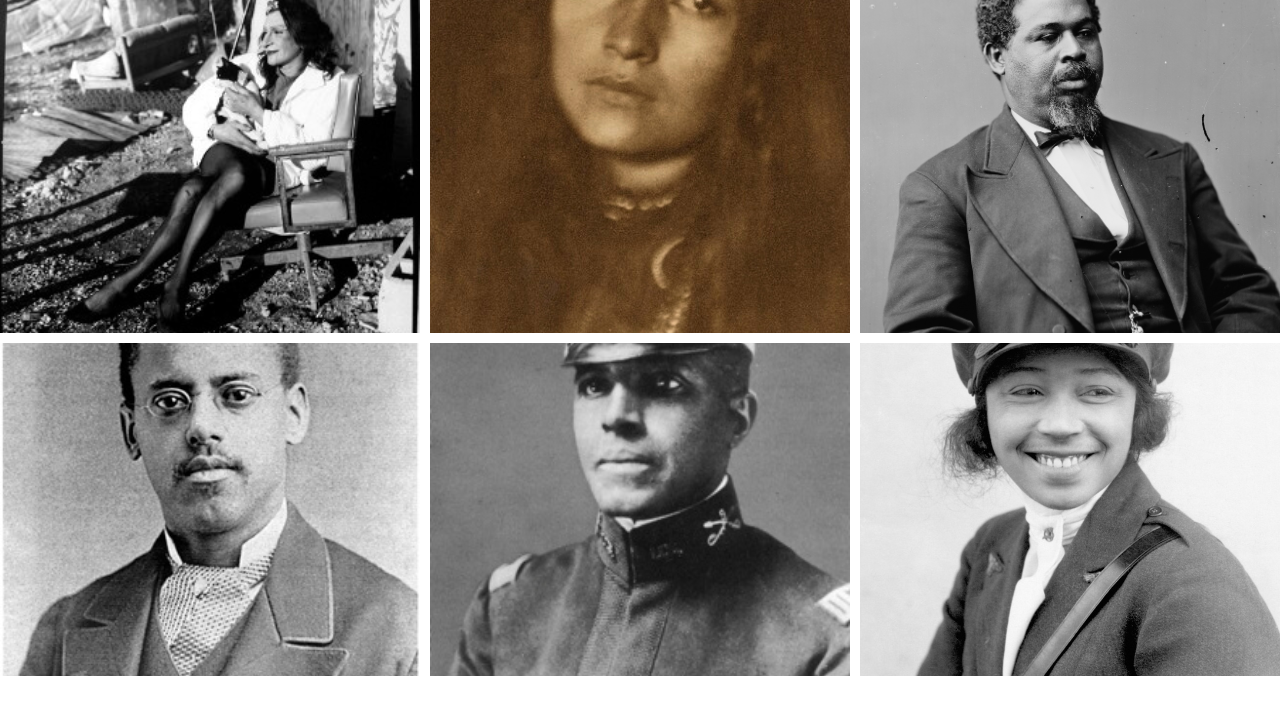The United States Supreme Court has played a pivotal role in shaping the legal landscape for Indigenous peoples. Over the centuries, key rulings have addressed tribal sovereignty, land rights, and treaty obligations, often after decades of contested policies. Understanding these landmark cases helps teens and readers alike grasp how law and history intersect to protect or, at times, challenge Native American communities. This article highlights seven historic Supreme Court cases that left a lasting impact on Indigenous rights.
1. Worcester v. Georgia (1832)
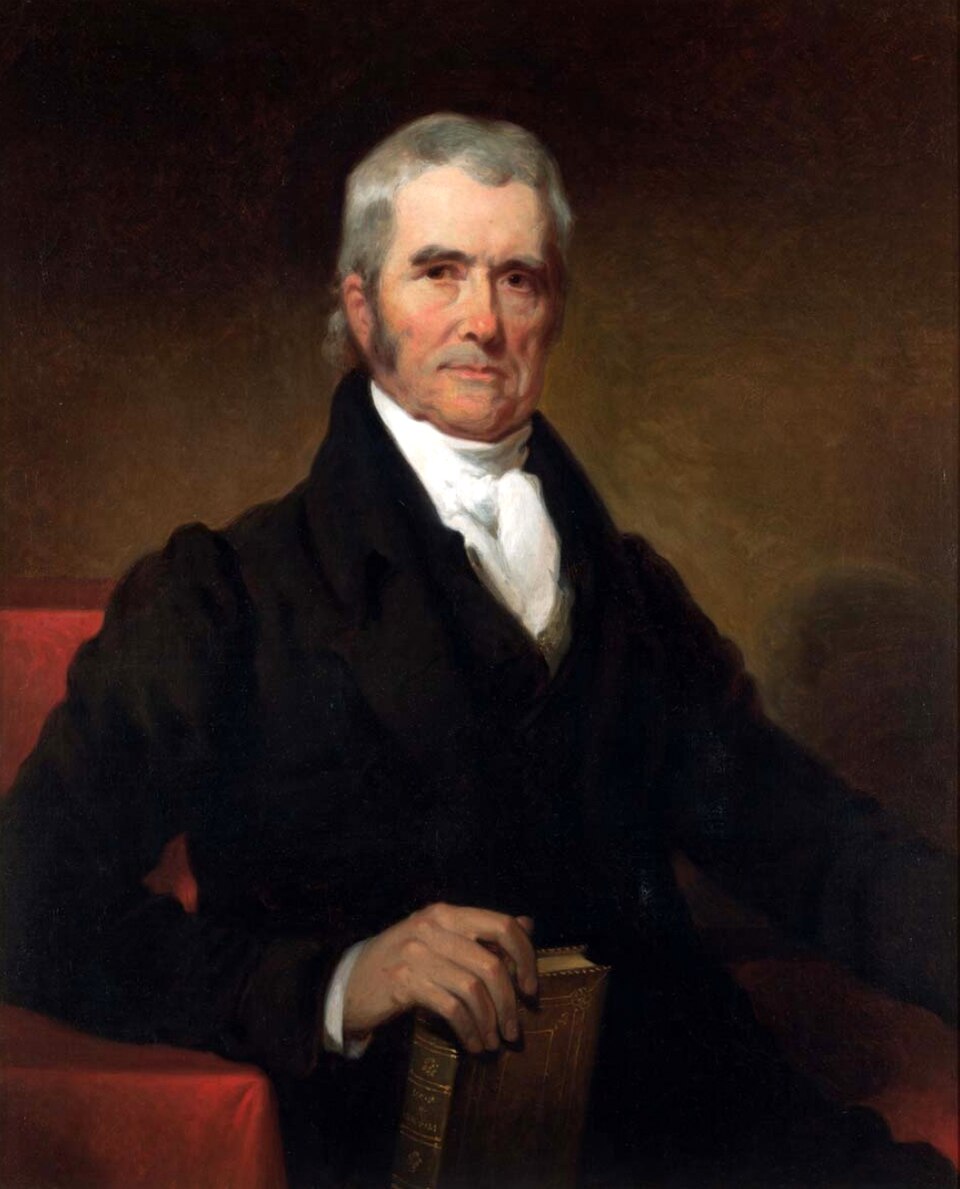
In Worcester v. Georgia, the Supreme Court ruled that the state of Georgia could not impose its laws on Cherokee territory. Chief Justice John Marshall emphasized tribal sovereignty, affirming that only the federal government had authority over Native lands. Despite the ruling, President Andrew Jackson reportedly ignored the decision, allowing Georgia to continue encroaching on Cherokee lands. This case established a vital legal precedent recognizing tribes as distinct political communities with self-governing authority.
2. Ex parte Crow Dog (1883)
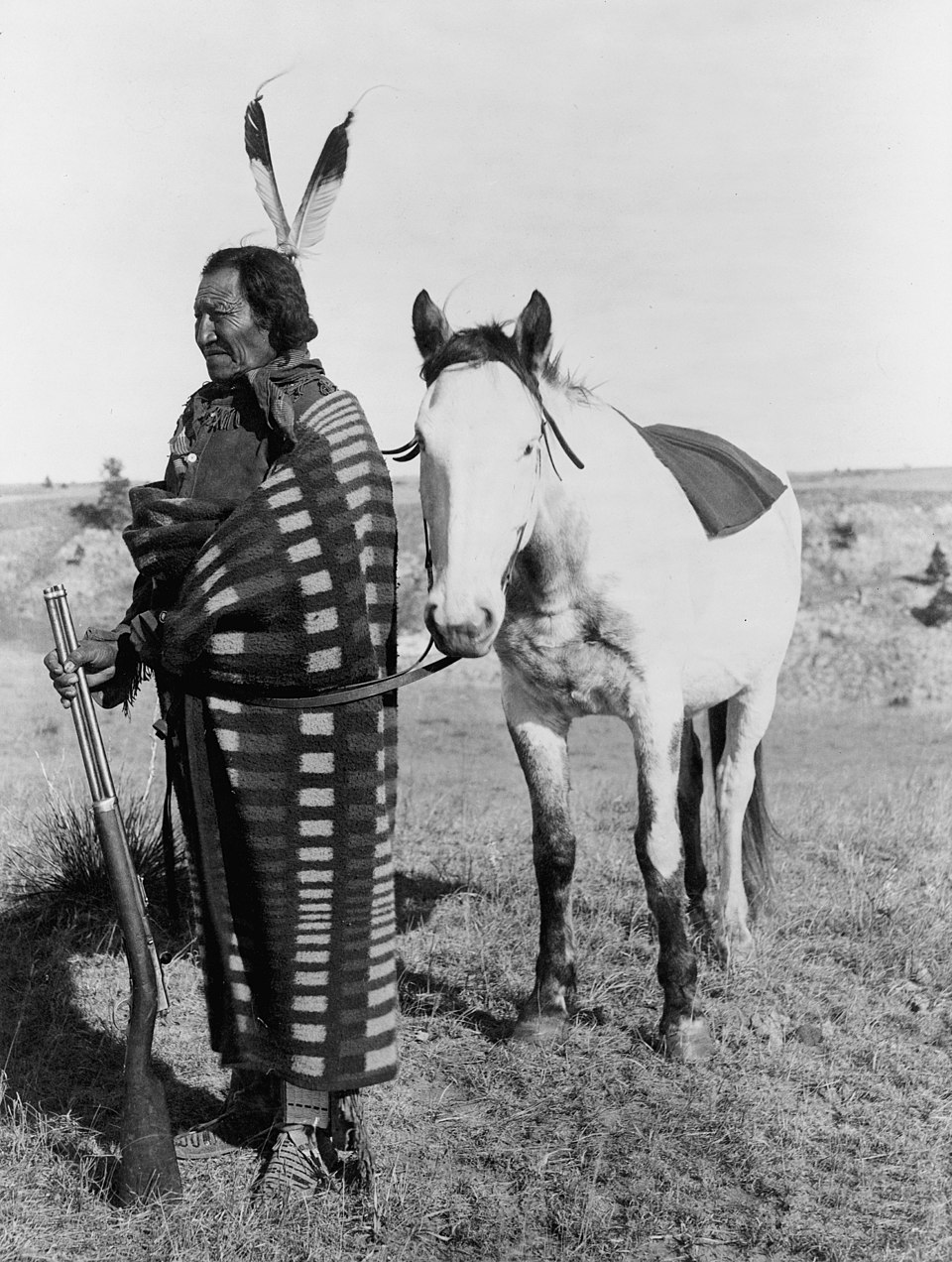
Ex parte Crow Dog involved the murder of a Native man on tribal land. Crow Dog, a member of the Lakota Sioux, was tried by tribal authorities and punished according to tribal law. The Supreme Court ruled that federal courts had no jurisdiction over crimes committed by one Native American against another on tribal lands. This decision prompted Congress to pass the Major Crimes Act in 1885, limiting tribal authority over certain serious crimes while highlighting the tension between federal power and tribal sovereignty.
3. Talton v. Mayes (1896)

Talton v. Mayes addressed whether the U.S. Constitution’s Bill of Rights applied to tribal governments. The Court ruled that Native American tribes were independent entities, and the Bill of Rights did not constrain tribal authorities. This decision reinforced tribal sovereignty but also meant that tribes could enact laws and punishments without following constitutional guarantees applicable to state governments. It established a legal foundation for self-governance within Native communities while highlighting the federal government’s role in oversight.
4. Oliphant v. Suquamish Indian Tribe (1978)

Oliphant v. Suquamish Indian Tribe addressed whether tribal courts had jurisdiction over non-Native individuals committing crimes on reservations. The Supreme Court ruled that tribes lacked criminal jurisdiction over non-Native defendants, significantly limiting tribal authority. This decision created a legal gap that left many non-Native offenders unaccountable for crimes on tribal lands. The ruling remains controversial and has driven tribes to seek legislative solutions, including cross-deputization agreements with federal and state law enforcement.
5. Santa Clara Pueblo v. Martinez (1978)
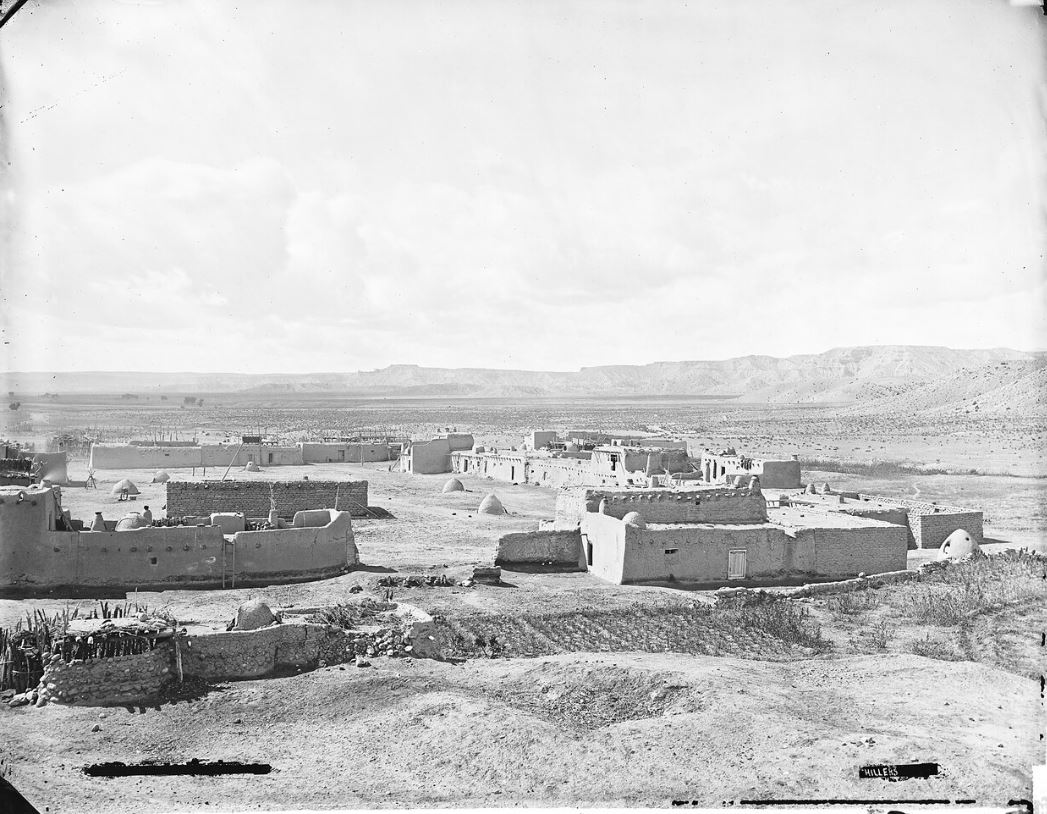
In Santa Clara Pueblo v. Martinez, the Supreme Court upheld a tribe’s right to determine its own membership criteria. The Court ruled that tribal governments have the authority to define membership independently of federal or state interference. This case reinforced the principle of tribal self-determination, empowering Native communities to preserve cultural identity and control governance. It set a lasting precedent in recognizing the legal autonomy of tribes to manage internal affairs without external mandates.
6. United States v. Wheeler (1978)
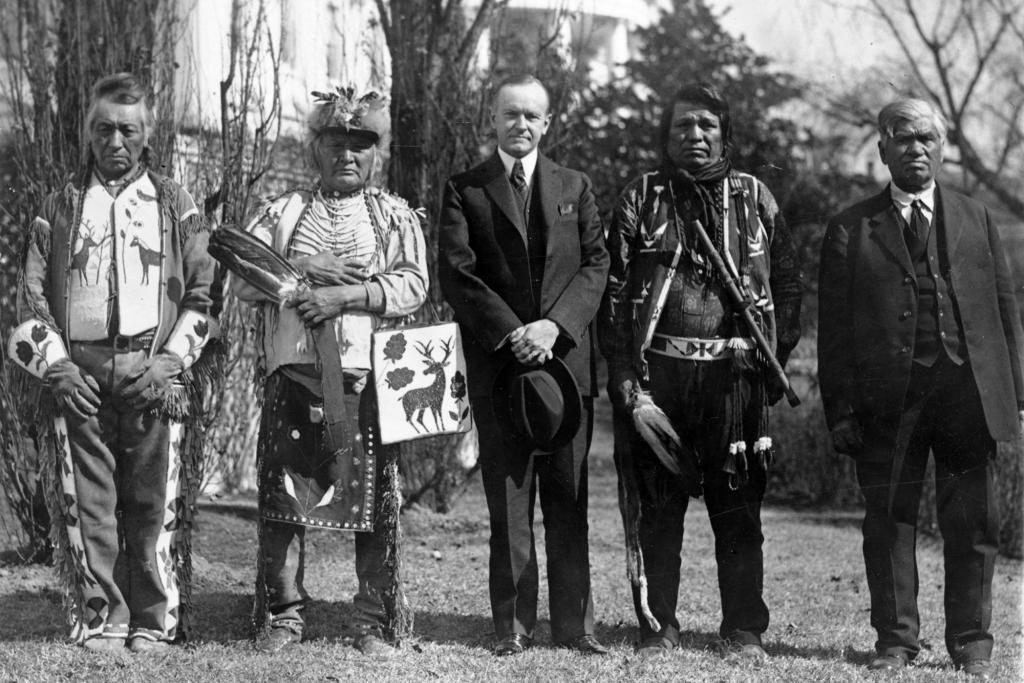
United States v. Wheeler clarified the concept of dual sovereignty between tribes and the federal government. The Supreme Court ruled that prosecuting a Native American for a crime under federal law does not violate double jeopardy if the tribe also enforces its own laws. This decision affirmed that tribal sovereignty exists alongside federal authority, ensuring tribes retain the right to self-governance while coexisting with U.S. law. It became a cornerstone case for understanding the balance between federal oversight and tribal autonomy.
7. McGirt v. Oklahoma (2020)
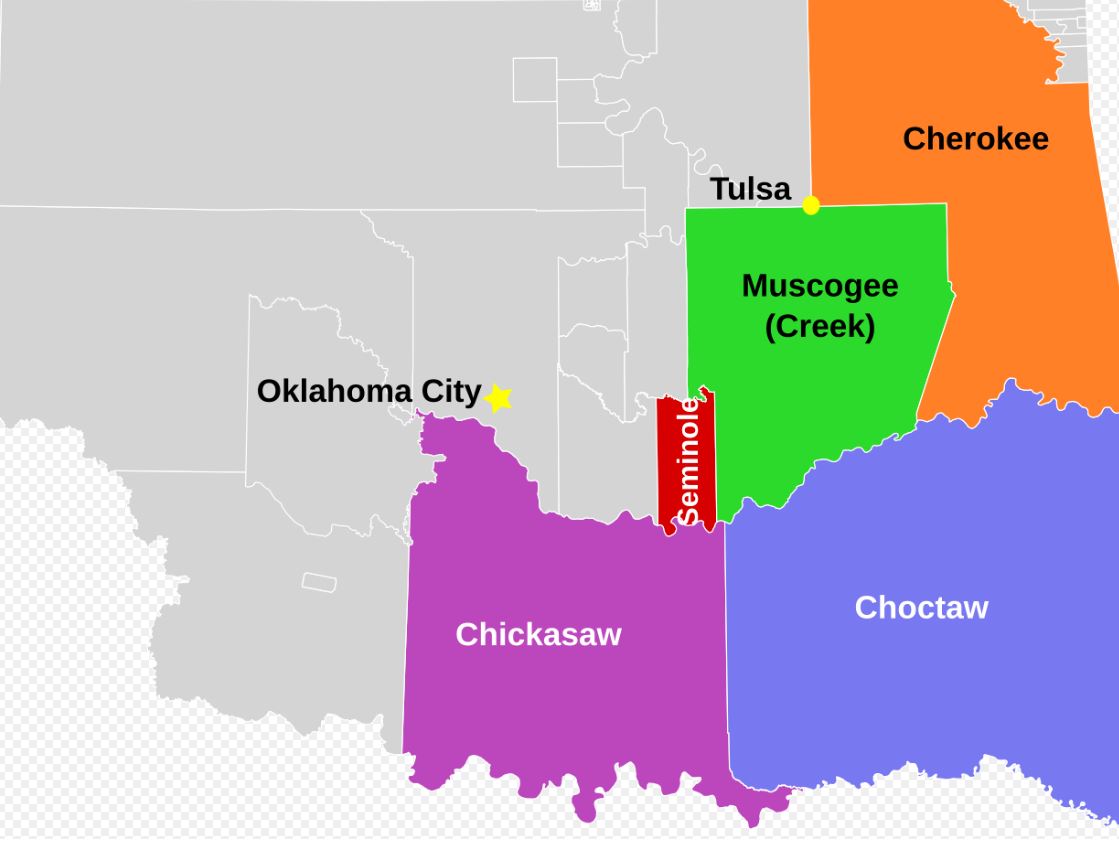
McGirt v. Oklahoma was a landmark ruling confirming that much of eastern Oklahoma remains Native land for federal criminal law purposes. The Supreme Court held that the Muscogee (Creek) Nation’s reservation boundaries, established by treaty, were never legally disestablished. This decision has profound implications for jurisdiction, law enforcement, and tribal sovereignty, affecting thousands of cases and reaffirming treaty obligations. It marked one of the most significant affirmations of Indigenous rights in recent U.S. history.


